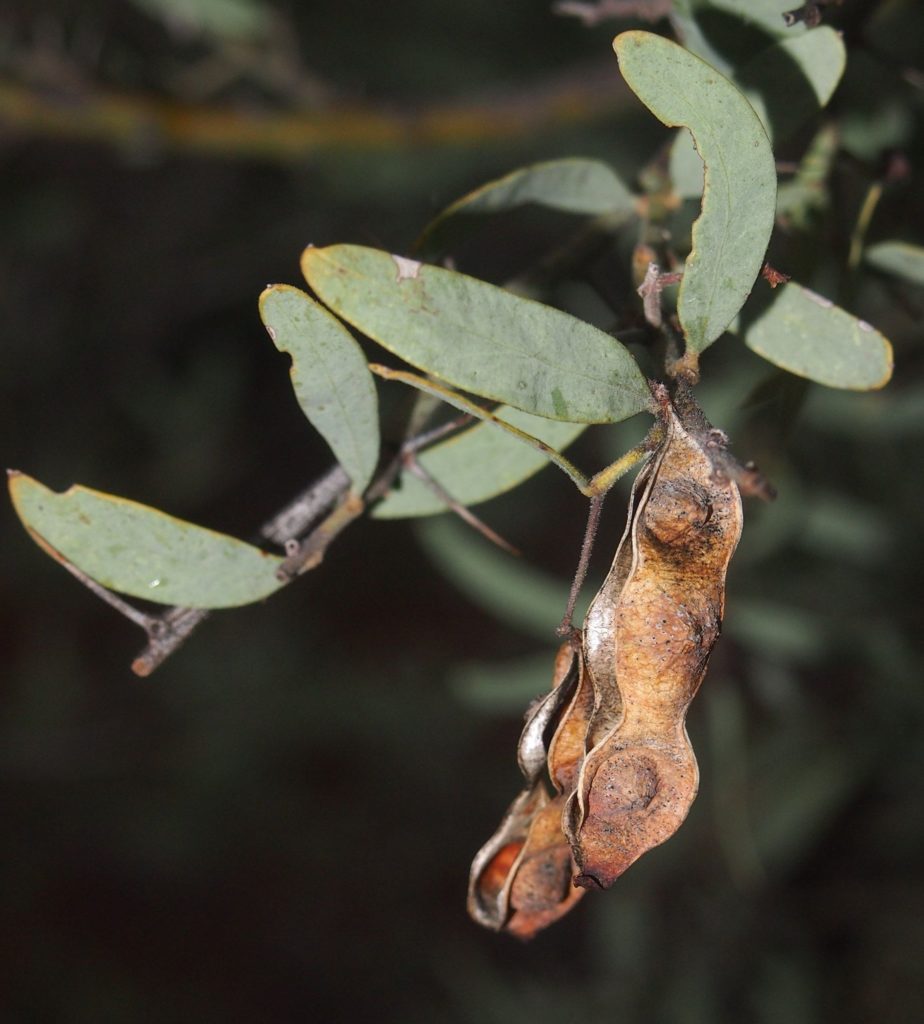Wattleseed
by Priya Mohandoss MRSV
Each September 1st we celebrate Wattle Day and pay homage to all our national floral emblem represents; whether it be our history, our Australian identity, its link to the start of Spring or its context in our natural environment, wattles play an important role in our lives.
Over time, wattles have been used for a wealth of purposes such as a source of fuel, medicines, perfume, feed for animals, woodcrafts and in particular, food. It is the pods of these species that contain wattleseeds, a bush food that became a staple over 6,000 years ago as part of the traditional diet for many Indigenous peoples.

Mostly found growing wild in the arid regions of Central Australia, and in some inland and coastal areas, Acacia victoriae, (Elegant Wattle) is the most common edible species.
Being enclosed, these small, chocolate-coloured granules can survive in tough conditions, such as drought and, if left unopened on the ground, can last for up to 20 years, only germinating after a bushfire. The pods can also protect the wattleseeds from dormancy if they happen to be left lying on the ground.
When obtaining wattleseeds, the pods are beaten so that they can fall from the branches and be collected. After this, the seeds within the pods are extracted and then used for culinary purposes. In some cases, the raw green seeds can also be consumed.
In order to provide a rich source of protein and carbohydrates to their diet, the Indigenous women of the tribe milled the wattleseeds in-between two flat grinding stones to produce flour, then kneaded this with water into dough to cook on fiery coals and create cakes or damper. However, these days, wattleseeds are more commonly used for their distinct aroma and nutty taste as a coffee or hazelnut substitute. In ground, extract or paste form, they can also be a replacement for vanilla in baking or a thickening agent in sauces and casseroles.
As wattleseeds become more popular, it is encouraging to see ingredients such as these being incorporated into our foods once again, and that we are able to realise the many benefits they can offer.









